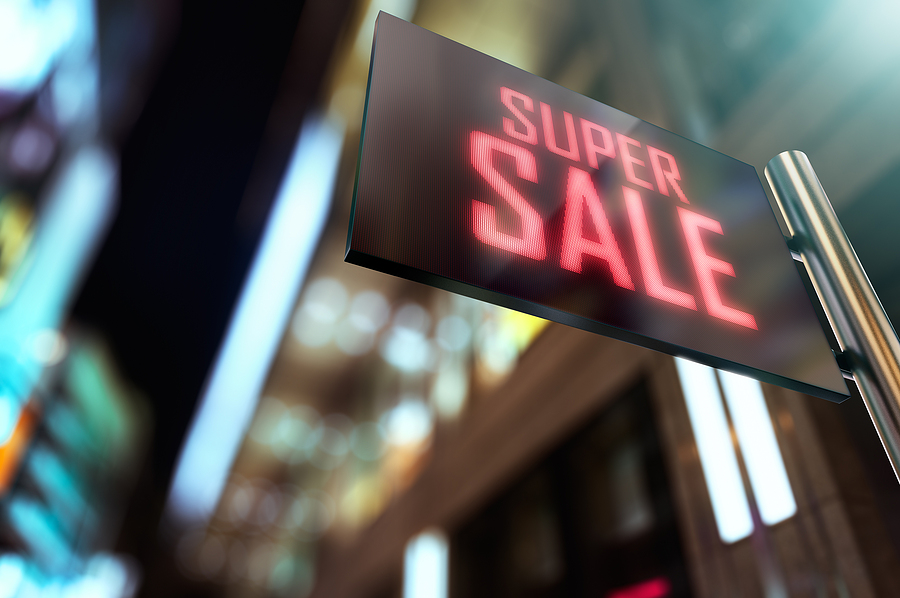The supermarket chain Tesco has recently announced that it has installed its 1,800th LED advertising screen, quadrupling the number of screens from March 2023. Tesco now has the largest digital screen network of any grocery retailer in the UK, with 420 stores featuring the display screens.
The Grocer reports that the screens will support in-store campaigns and exclusive product launches with animated content and visuals.
Tesco’s chief commercial officer Ashwin Prasad said: “We’re really proud of our digital in-store screen network – the UK grocery market’s largest.”
He added: “Using our unrivalled insight, we’re able to give our customers advertising that is relevant to them, while at the same time giving our suppliers the opportunity to showcase their products in creative and innovative ways.”
“In addition to its in-store screens, Tesco already has an established network of 500 front-of-store screens, which meet customers as they enter Extras and Superstores with motion adverts tailored to target specific stores, times and events.”
“The technology behind both in-house and front-of-store screens uses Tesco’ unrivalled customer insight – provided through Dunnhumby and Clubcard data – to reflect customers’ ever-changing tastes and behaviour.”
What are the advantages of digital display screens in retail environments?
LED screens are ideally suited for large retail environments such as supermarkets. The dynamic nature of the content allows customers to be shown the most accurate and relevant information about pricing, promotions, offers, new product lines, and more.
The content can be updated in real time to reflect strategic pricing or in accordance with changes to the season, weather, or even the time of day. For supermarkets, the flexibility is especially useful because of the thousands of different products available, which might have variable pricing systems owing to their perishable nature.
Retailers can also take advantage of the opportunity to cross-sell or up-sell items by promoting related or complementary products alongside advertisements. For example, if they were advertising a pair of women’s jeans, they might also suggest a top or a pair of sandals to wear with them, increasing potential sales.
The content management system can be integrated with analytics and data collection tools. These can provide valuable insights into customer behaviour and preferences that can be used to help shape sales strategies.
For example, the data might be used to predict product demand so that there is neither an undersupply or oversupply of a particular product at any one time. This reduces potential waste and also ensures that sales are optimised in accordance with customer demand.
The captured data can also be used to guide shelf positioning and suggest future orders, and to compare the performance of individual products and stores.
For large supermarket chains such as Tesco, the screens provide the opportunity to reinforce the brand identity and demonstrate that it is a modern retailer who keeps up with the latest innovations in technology. This is reassuring for customers and helps to draw in younger generations.

